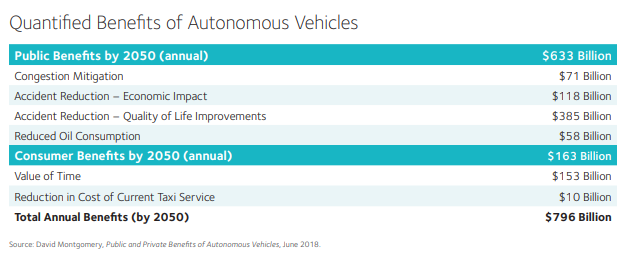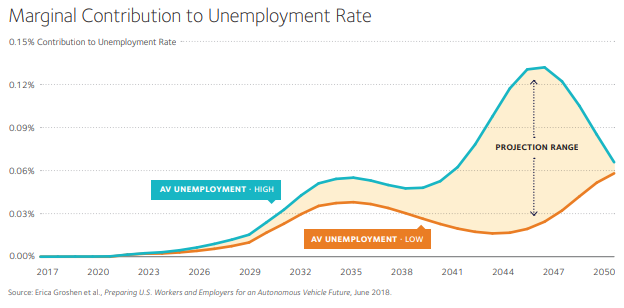By Andrew J. Hawkins, The Verge
Nuro, the autonomous delivery startup founded by two ex-Google engineers, announced a dramatic expansion of its physical footprint. The company said it will spend $40 million on the construction of a manufacturing facility and test track for its fleet of self-driving robot vehicles. Both facilities will be located in Southern Nevada, which in recent years has become a hotbed for manufacturing and testing for the future of transportation.
Nuro, which is valued at $5 billion, was founded in 2016 by Dave Ferguson and Jiajun Zhu, two veterans of the Google self-driving car project that would go on to become Waymo. It is one of the few companies to be operating fully driverless vehicles — that is, vehicles without safety drivers behind the wheel — on public roads today. Its R2 vehicle is about half as wide as a compact sedan, shorter than most cars, and there’s no room inside for human passengers or drivers.
The R2 is an updated version of Nuro’s original R1 prototype, with around 50 percent more capacity (which translates into about 18 more grocery bags). The company plans on producing its third-generation vehicle at its Nevada facility once it is fully operational in 2022.
The new 125,000-square-foot factory will have the capacity to build “tens of thousands of delivery vehicles,” Nuro says. The vehicle’s powertrain, which includes the electric motor and battery, will be made in the US by BYD, a Chinese company that is one of the largest manufacturers of electric vehicles in the world. Nuro says it will develop all the autonomous software and digital infrastructure “from United States-based servers to ensure safety and privacy.”
Nuro says its $40 million investment will translate into $2.2 billion of “economic impact” for Nevada within 10 years and will result in the creation of 250 jobs. In April, the Reno Gazette Journal reported that Nuro will receive $170,519 in tax abatements over 10 years from Clark County. In exchange for the tax break, the company will create about 60 jobs within five years at an average wage of $28.80 per hour, the paper reported. The company also applied last September to receive an estimated $500,000 in tax abatements over a 10-year period from the Nevada Governor’s Economic Development Board, a spokesperson said.
Once the company’s manufacturing facility is up and running, Nuro will need a closed course to test and validate its vehicles safely. (As an example, Waymo uses a former Air Force base in central California which it originally leased in 2012.) Nuro said it is “taking over” 74 acres of the Las Vegas Motor Speedway to build a “world-class, closed-course testing facility that will allow sophisticated development and validation of its autonomous on-road vehicles.”
According to a spokesperson, Nuro will takeover the entire speedway for its testing facility. The race track was closed in November 2020 for COVID restrictions but has since been reopened for events. The South Point 400 race is currently scheduled for September 24th-26th.
The test track is also expected to be operational by 2022, at which point Nuro plans on putting its driverless robots through a battery of tests, including “avoiding pedestrians and pets to giving bicycles space on shared roadways, as well as environmental tests and vehicle systems validation.”
“This is a significant moment for Nuro,” said Zhu, Nuro’s co-founder and CEO, in a statement. “Building on our tremendous momentum—including strategic partnerships with industry leaders such as Domino’s, Kroger, and FedEx and operations in three states—we are now able to invest in the infrastructure to build tens of thousands of robots.”
The company is relatively unknown compared to its rivals in the autonomous vehicle space, mostly because of its focus on delivery and not ferrying human passengers in robotaxis. Still, Nuro has made incredible progress on the regulatory front, becoming the first company to receive a special exemption from certain federal safety requirements and recently getting the green light to charge money for its deliveries in California.

